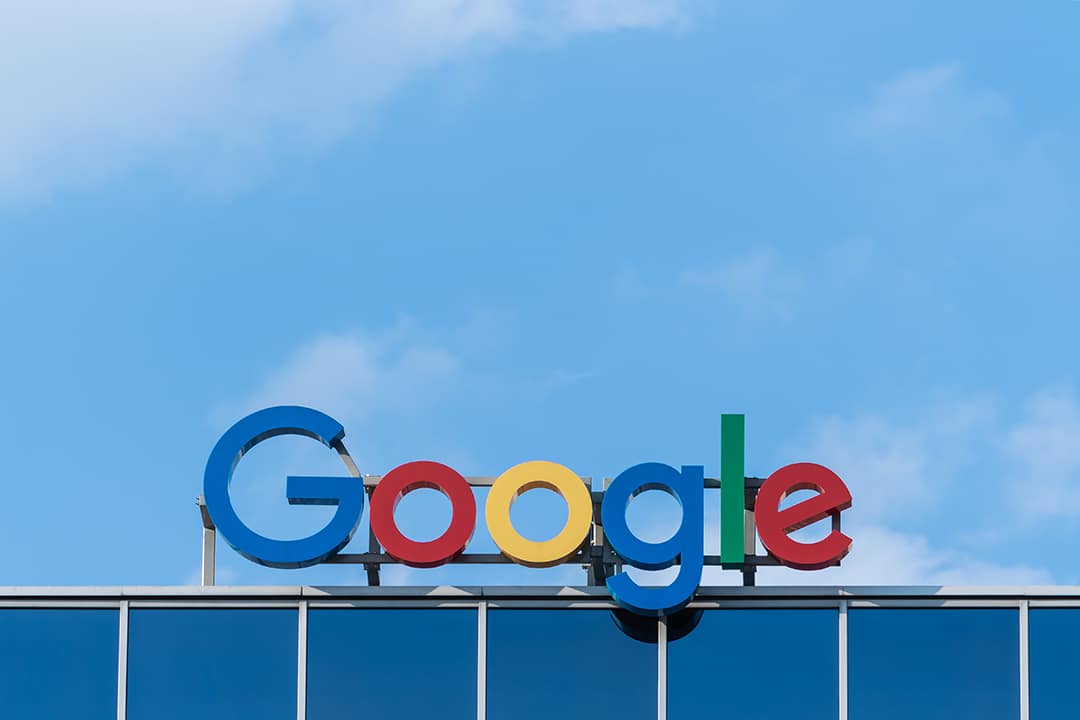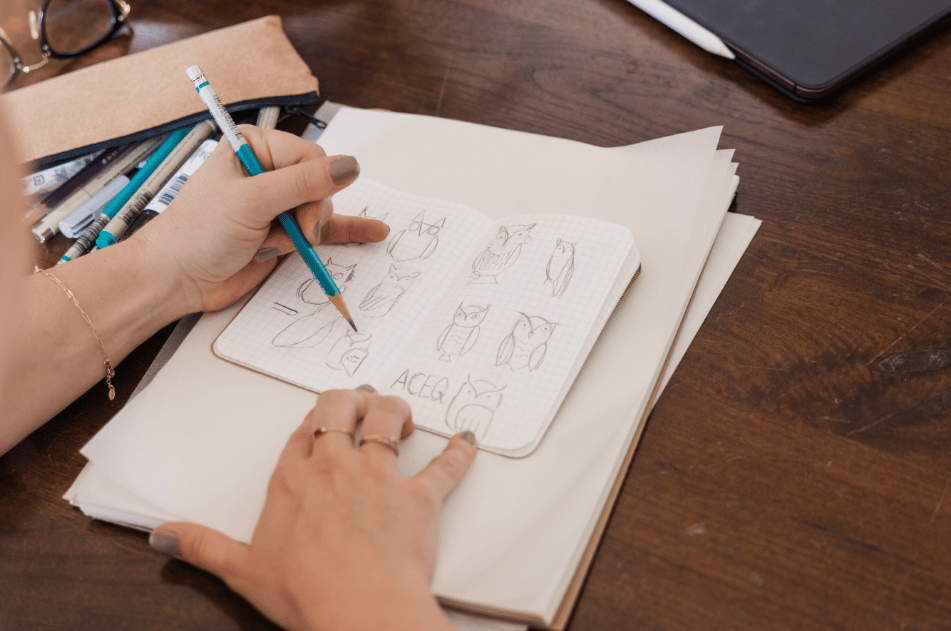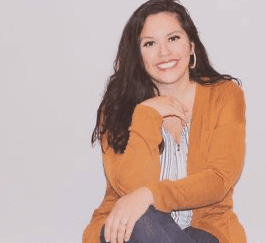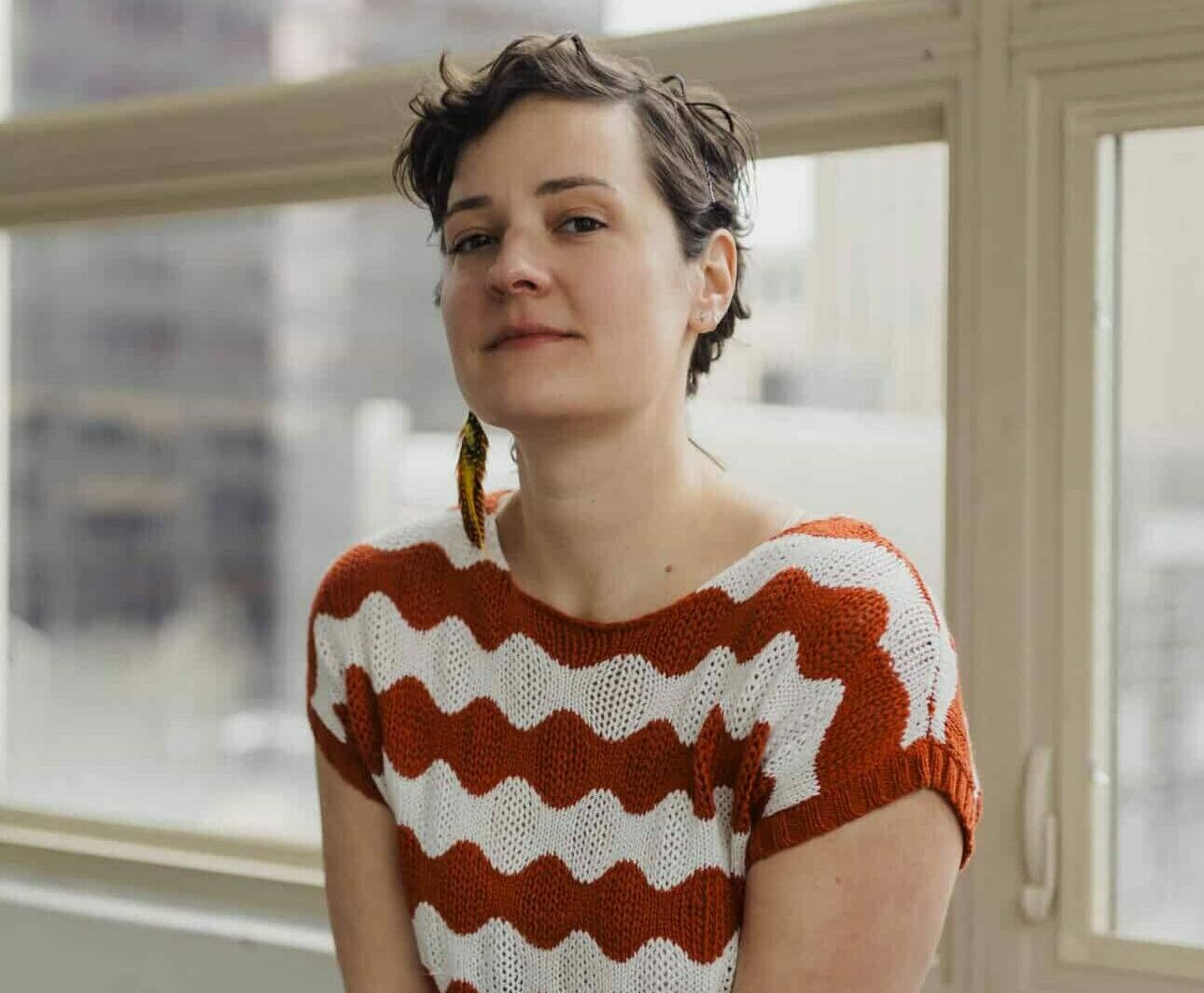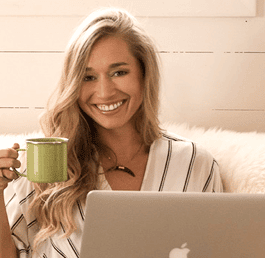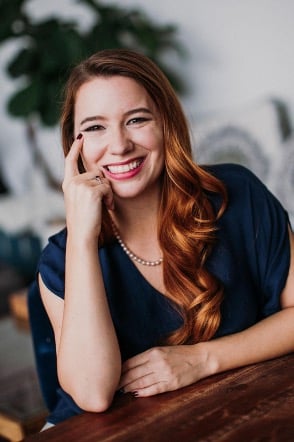
Guest Blog
By – Samantha Bradshaw
Small business & intellectual property lawyer
Who: Driven entrepreneurs and established brands wanting to attract dream clients. Normally on the second business.
What: Balancing the designer with the legal ability to claim in finalizing your brand/not step on toes
Why: You don’t own it til you claim it

It generally happens in 1 of 2 ways:
1. You are ready to start a new business venture. It’s not your first rodeo so you work with a branding expert to get your customer-facing look and messaging right from the start. You settle on something that feels just right and go to claim the domain and all the social media handles. But someone else already has the handle you want for your business name on Instagram. Maybe the domain gods are telling you to use .co, .shop, .art or .coach instead of the standard .com. You go back to your brand designer asking ‘what can I do?’
OR
2. Your small business is getting less small. You are planning to or already are expanding and start making moves. You start selling in a new state and suddenly someone is DMing you saying ‘you stole their business name!’ You know you haven’t stolen anything and you’ve been using this name for years. But they say they have a lawyer and you back down from your expansion, capping your own income and maybe risking a lawsuit.
As brilliant as your new (or old) brand may be, no one creates in a vacuum.
Brand designers and business lawyers alike draw inspiration from everywhere. Whether that’s brand creation, brand revamps, or brand protection through trademark and copyright registrations, we want to make something that is just the perfect fit for your goals.
So curated to your needs and your vision that no one else would see even the slightest similarity between what we create and something else in the world. But, with nearly 8 billion people on the planet, we are bound to have the same ideas every once in a while. Imitation may be the sincerest form of flattery in some worlds. But in business, imitation can land business owners in hot water, even when it’s accidental.
Hot water like:
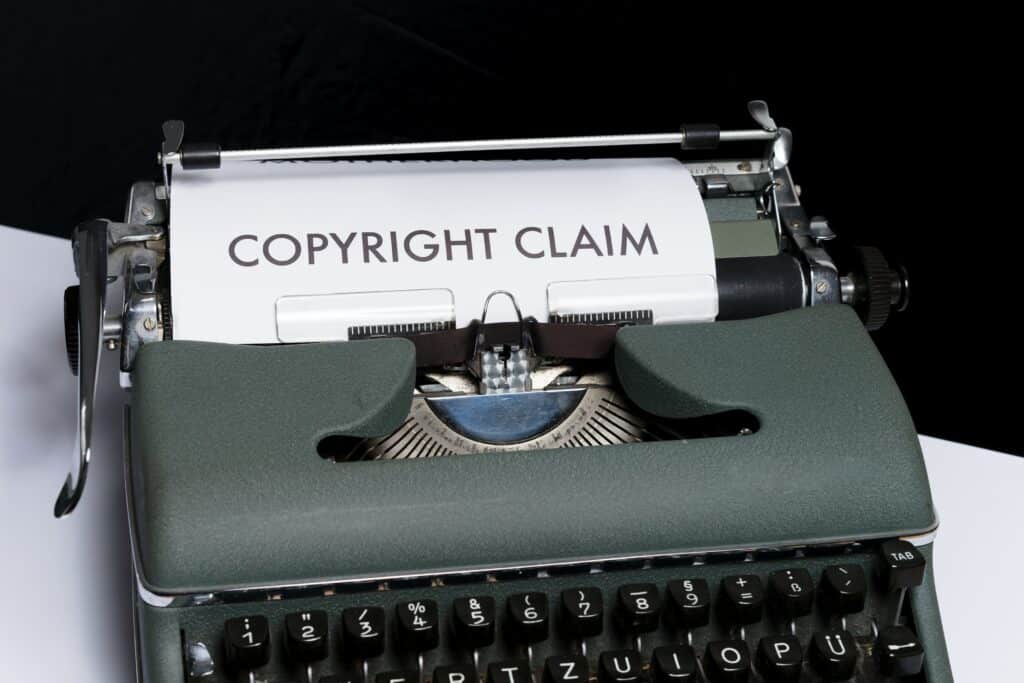 Getting cease and desist letters demanding $$$$ and that you stop using your fantastic new brand. Having to do that after you’ve poured time, sweat, and tears into this brand sucks.
Getting cease and desist letters demanding $$$$ and that you stop using your fantastic new brand. Having to do that after you’ve poured time, sweat, and tears into this brand sucks.- Not being able to shut down copycats riding your coattails without your say-so sucks. Watching your reputation earn someone else money also sucks.
- Losing customers to the coattail rider that ‘borrowed’ some ideas from you. They borrowed so much that your clients thought the coattail rider was you! They have a terrible knockoff of your brilliance, and your potential client is now pissed they didn’t get what you promised your people they will get when they buy from you. So now your ripped off potential, thought they were yours, and clients are leaving bad reviews on your ‘Google my Business’ account for something you didn’t even sell them!
So how do you avoid hot water?
How do you create a brand that’s both clear to your customers and easier to lock down with trademark protection?
How do you balance creativity and legal protection? Especially when you are neither a designer nor a lawyer?
We will get to that, I promise.
Asking your brand designer for ‘just a logo’ is the equivalent of not pouring the foundation on a house.
I won’t claim trademarks are foundational, mostly because getting clients in the door is always more important.
BUT, moving forward with a brand name that you don’t KNOW without a doubt is yours and only yours…….well it’s like not putting the roof on your house in a desert.
You might be ok for a moment, but eventually, it’s going to rain, darling.
Let’s go back to that foundation pouring for a moment, shall we?
You and your brand designer are likely going to come up with a few options for brand names, business names, brand colors, vibes, elements, and logos while you are going through this process.
What does trademark registration do?
The simplest way to think of trademark protection is to know that once you have a registered trademark with the US Patent and Trademark Office, you have the exclusive right to use the name you registered in selling the product or service you sell.
You get to be the only person that can use your trademark selling your money maker.
You get to tell other businesses they can’t use that name if they are selling something similar, all over the US. And if you register it in other countries, you can say that all over the world.
You get to tell Instagram, TikTok, Shopify, Amazon, and every domain seller that someone can’t use that word or phrase because you own it. And they take down those problem makers MUCH faster when you throw a trademark registration at them.
But more importantly, it makes sure that you NEVER HAVE to rebrand at someone else’s demand. You never have to lose all the thought and goodwill that went into building your reputation.
What can trademarks protect?
We usually think of names, logos, and taglines.
But there are also colors, sounds, smells, etc. Yep, you can actually get a trademark on a smell!
Because a full brand design like what Jordis does here at Stellen, includes so many aspects of your communication with your customer, it’s good to think about which aspects are so recognizable that you would risk losing money if someone else copied them. I’m talking Target’s target, Tiffany’s blue, Playdough’s smell, Law & Order’s [dun dun]. If someone else copied these, all of these companies would lose money to the copier.
So, a lot of things can be trademarked. But let’s be real, you don’t have unlimited funds, at least not yet. You can’t run all over paying the US Patent and Trademark Office and a bunch of lawyers unlimited money. You’re just trying to make sure you don’t land yourself in any legal hot water right now, right?
How do you decide what to prioritize when protecting your brand with trademarks?
A LOT of folks get really attached to the idea of protecting their logo FIRST. I’m here to tell you that is not the most important thing for you. The most important is the name your customers identify with you. If you are a single product or product line company, that’s the name that runs across your products. If you are a coach or consultant, it’s probably your moniker or tagline. If you have a service that people hire out, it’s the name of the service.
Take a moment and think about, in your business model, how are folks going to tell their friends to buy from you. What will they google when they suddenly remember that recommendation?
That’s what we want to protect now.
That’s what you need to match your brand vibes from the start.
So grab your list of names/phrases that will help you be easier to remember when recommended. Let’s start by making sure the names you move forward from draft stages are even capable of being protected by trademark.
 What can be protected?
What can be protected?
First, we need to understand that trademark law operates on a spectrum of protection. Essentially, some identifiers in your business are more worth protecting than others. There are 5 areas on the spectrum of distinctiveness: fanciful, arbitrary, suggestive, descriptive, and generic.
Generic will never get trademark protection. Descriptive generally won’t. Suggestive generally will if you’re the first to use it. Arbitrary and fanciful are the best ones if you want a brand that can outlive you. Literally, because trademarks never die as long as you keep up the renewals.
So now that you know what kind of names/phrases you WANT to have, let’s figure out how to label the ones you’ve come up with. Run through this list with EACH option still available on your branding list.
I’m going to give you 3 examples of a brand names for 3 different services/products to give you an idea of how things evolve along the spectrum. One for the business where you buy gas, one for a business that provides the service of getting you from place A to place B, and one for your caffeine fix.
1. Generic
Starting with this because you will never be able to exclusively claim this, but no one else will be able to come after you under federal trademark law if it’s generic.
Generic marks are just the most common name for a product or service. If you can find this word in the dictionary and the definition literally is what you want to sell, it’s probably generic
Examples are gas station, elevator, and latte
If that exclusivity means anything to you, just cross this off your list now.
2. Descriptive
Descriptive marks are directly describing the product or service you want to sell. Think of it as anything that could be written in an initial draft of what you want your customers to know in the most basic terms possible. Where the product or service is from, what it is, who it serves, etc.
Examples are Travelcenters of America (gas station), American Airlines, and Seattle’s Best Coffee.
Generally, we can’t protect these at all. But, all the examples I gave above can become trademarkable once enough people associate the word or phrase with your product or service, but that takes a long time and a lot of people. Unless you are becoming a global brand operating on volume sales really soon, you can throw out the descriptive name too.
3. Suggestive
Suggestive marks are names or phrases that suggest the thing you want to sell. in a gentle way, they hint at characteristics of or maybe the quality of what you’re selling, but they don’t describe the product directly.
Examples are Gas City (gas station), MobilAirbus (planes), and 5 Hour Energy (caffeine)
This is the absolute minimum on the spectrum that I advise folks to aim for. This is where we start getting a chance to protect your brand. But this, being the lowest option, means you probably have competition and need to beat someone to it. This is super risky unless you know no one else already had trademark rights in the same or a SIMILAR name.
4. Arbitrary
Arbitrary marks are real words, but ones that have no direct tie or clear link to the service or product you want to sell. These are the second strongest. They can also be a real word but aren’t related to the thing being sold in any way until it started being sold that way. For example, the word ‘apple’ has nothing to do with electronics, but now you know it as anything that plugs in and starts with an i.
Examples are Shell (gas station), Greyhound (for bus services), Caribou Coffee (caffeine)
In my humble opinion, these are the sweet spot between clarity for your clients/customers that marketers want, the creativity you want, and potential strength.
5. Fanciful
The strongest possible name you can get is one that is literally not a known word in this or any other language on earth. You shook a scrabble board box and added in vowels where you needed to let people know how to sound out this new word.
Examples are Exxon or Sheetz (gas station), and Pepsi (caffeine)
If that all sounded a bit confusing, maybe this will help. The name Brilliant would be considered descriptive for diamonds, suggestive for shoe polish, and arbitrary for apple sauce. We probably couldn’t trademark it for diamonds, maybe could for shoe polish, and likely could for the apple sauce. So much of this depends on what you are selling, not just the name you want to use in selling it.
Clear as mud yet?
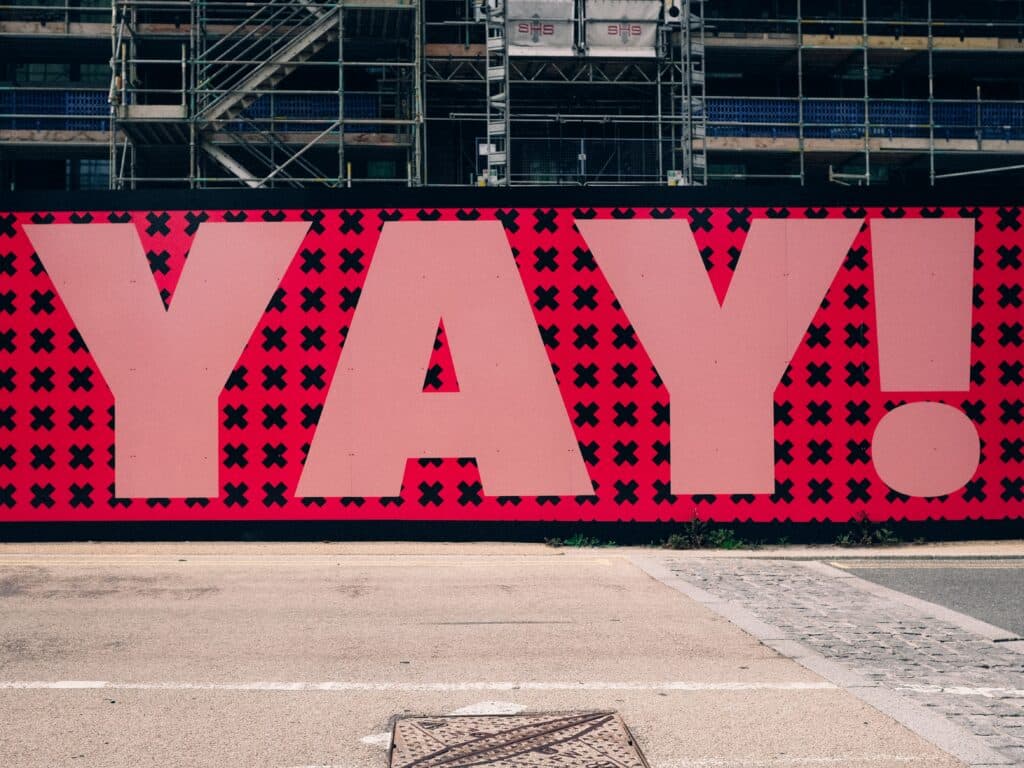 If you have read all the way through this, congratulations!
If you have read all the way through this, congratulations!
You are MUCH more likely to be putting your brand on solid footing as long as no one else is already using the same or similar name selling similar things.
The biggest question is would a client accidentally buy your product or service thinking someone else created it? When the answer to that is absolutely not, it’s time to look at protecting your brand investment. In the US, we have a ‘first to use’ system that gives the person who used the name, logo, tagline, or even color or smell first the rights to it. So if someone else is already using it, they can make a bunch of problems for you, whether they have registered or not. But if you have a validly registered trademark, that becomes your automatic defense against anyone else using your unique identifier in the future.
After reading this, if you still aren’t sure if your new product, program, or service name would stand a fighting chance against the USPTO, take each word through InLine’s quiz to give you a better answer.
Then thank your brand designer for helping you create a brand as unique as your business!


